Understanding the Planting Zone of New York
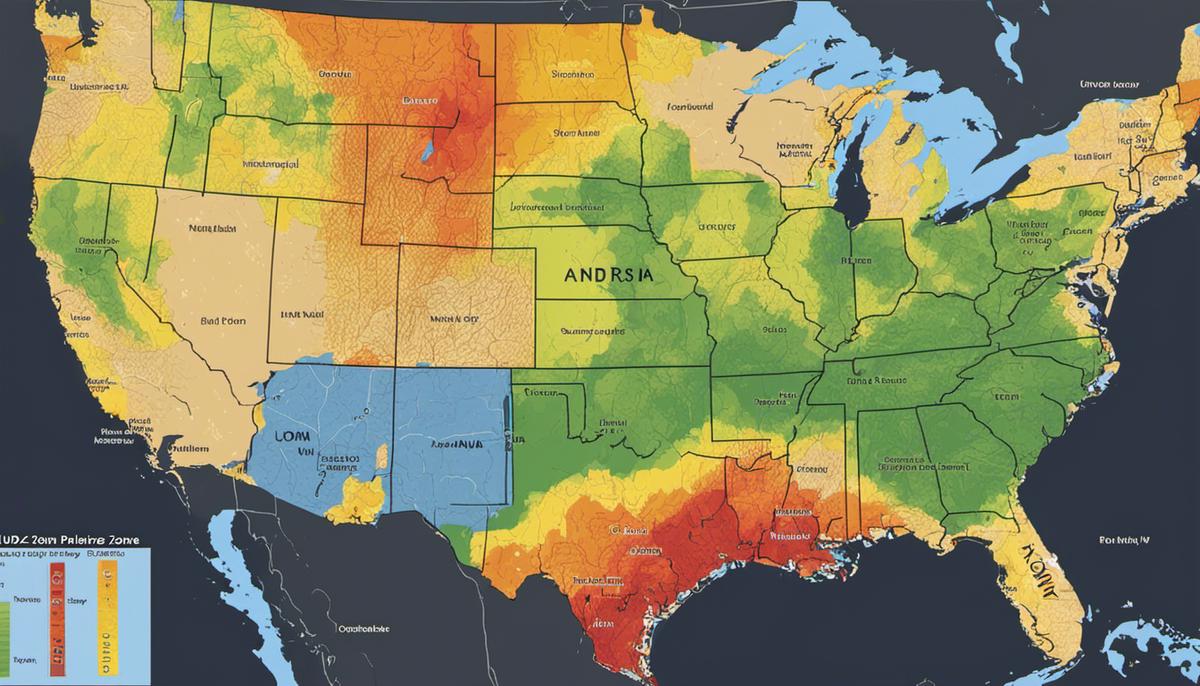
Each region has a unique growing season and range of plants that can thrive, and New York is no exception. Understanding USDA Plant Hardiness Zones is key to successful gardening. These zones, assigned based on the average lowest winter temperatures, help us determine which plants are most suitable for our location. New York’s rich and varied climate, from the warmer New York City area to the colder northern regions, offers a unique gardening opportunity. Knowing the right plants to choose from can increase the chances of gardening success and greatly enrich the beauty and productivity of our green spaces in this magnificent state.
Understanding USDA Plant Hardiness Zones
If one’s heart spins with joy at the very thought of planting and nurturing seeds into full-grown, thriving plants – welcome to the club. This soft spot in our hearts sends us on a mission to gather as much knowledge to help our little green friends thrive. One essential gem of wisdom stems from understanding USDA plant hardiness zones. These zones are pivotal in determining which plants will flourish in which areas of the US, providing a roadmap to successful gardening.
The United States Department of Agriculture (USDA) has divided out the map of North America into 13 distinct zones, each representing a 10-degree Fahrenheit difference in average minimal winter temperature. Think of these zones as life zones, tailored to identify what plants can weather the winter in specific geographical locales. For example, a plant tag indicating suitability for “Zones 5-9” implies that the plant is predicted to survive winters from the chill temperatures of Zone 5, all the way through to the mild winters in Zone 9.
So why do they matter? Well, imagine dressing in a swimsuit for a snowy winter day – it would be catastrophic! Just as humans need the correct attire to survive different climates, plants, on the other hand, have their ideal ‘climate clothes’ too. USDA plant hardiness zones ensure the gardener dresses their garden plants in the appropriate ‘climate attire’ to thrive. Furthermore, this seemingly simple system lays down the foundation for creating a garden that is not only vibrant, but also viable and sustainable, year-round. Armed with this knowledge, one can invest time and money wisely into plants that will love and live in their generated environment.
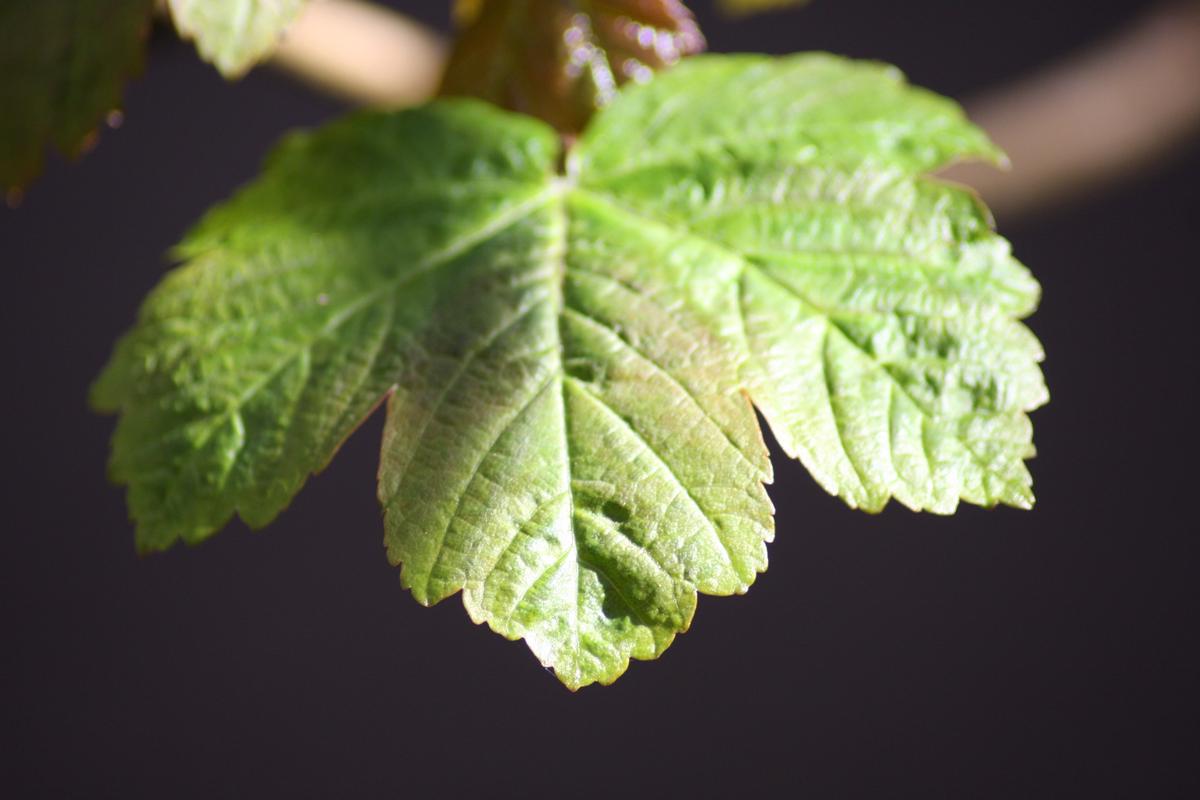
Photo by philldane on Unsplash
New York’s Unique Planting Zone
Entering the wonderful world of gardening, every enthusiast is faced with that ultimate query: What’s the precise USDA Plant Hardiness Zone for their area – in this case, New York? The answer isn’t a straightforward number, as one might assume, but rather a spectrum. The Empire State, in all its gardening glory, spreads across an atmospheric gamut of minimal winter temperatures. Its zones fall between 3a in the frigid Adirondacks to a much milder 7b found in parts of New York City.
Determined by the annual extreme low temperature averages, New York City’s gardening devotee would enjoy a comfortable Zone 7b (average low of 5 to 10 degrees Fahrenheit). This allows a broader selection of perennials, trees, and shrubs that are hardy in higher zone categories. But, cultivating your green thumb in the more northerly or mountainous regions of the state? You’d find yourself within Zone 3a and 4b, with extreme averages falling between -40 to -15 degrees Fahrenheit. These gardeners can still bask in the botanical beauty of many cold-hardy species, like asters or junipers, and numerous vegetables like kale and brussels sprouts.
As you paint the landscape with your chosen array of plant life, knowing your precise place on the Hardiness Zone map is vital to your horticultural success. It guides you towards picking the perfect ‘Polaris’ apple tree that thrives in lower zones or that lush ‘Gold Mound’ spirea you’ve had your eye on, destined to bask in the milder city climate. Armed with this knowledge, you harness the power to cultivate a garden kingdom rich in diversity and abundant in resiliency. Carry this wisdom like a gardener’s torch, guiding your green journey through the seasonal dance of growth and dormancy. Welcome to the gardening odyssey that is New York!
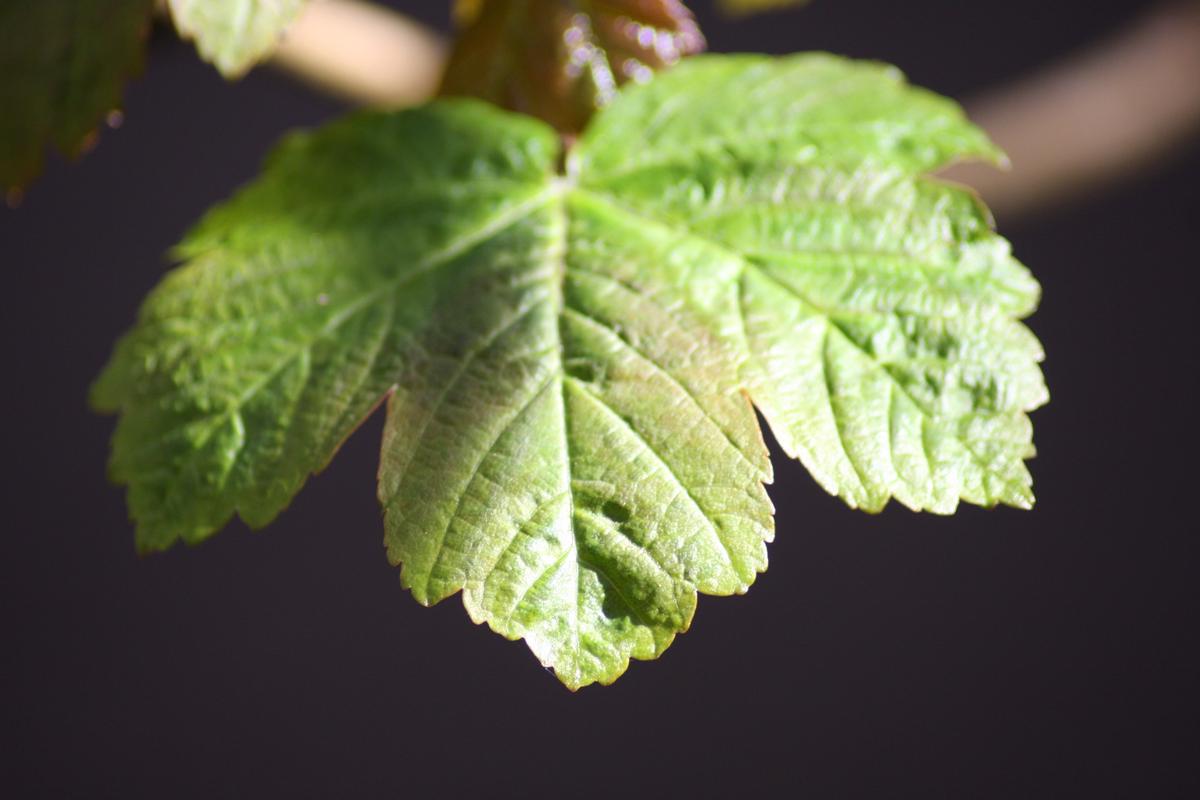
Photo by philldane on Unsplash
Choosing Plants for New York’s Zone
Diving into the nitty-gritty, New York falls under USDA plant hardiness zones ranging from 3a to 7b. This can seem a bit of a jungle when you’re trying to pick plants, but rest assured this range offers an exciting array of resilient and vibrant botanicals to get your hands dirty with. For instance, within the urban jungles of NYC – a comfortable zone 7a – you’ll find a variety of plants capable of surviving in these cozy winter temperatures which reach an average low of zero to 10-degrees Fahrenheit. From flowering cherry trees to Boston ivy, your city green space can burst with life across the seasons.
When the terrain gets a little more rugged and colder, in the 3a-4b range, a wonderful cavalcade of plants come to the fore. This includes the Labrador violet which bravely handles frosty temperatures down to -40 degrees Fahrenheit. The smooth serviceberry too performs well in these lower zones, offering delicate white blooms in spring and striking orange-red leaves in fall. And don’t forget about the surprising range of hardy fruit trees, like the beloved apple, or vibrant sunflowers and tulips that stand tall against the region’s biting winters.
Remember, gardening in New York isn’t just about surviving, it’s also about thriving. Adequate preparation, choosing a diverse mix of plants best suited to your specific zone, and a bit of passion can turn your garden, be it a city balcony or a sprawling upstate yard, into a bustling haven of life. And no matter how industrious or quiet, how contrastive or harmonic your piece of green turns out to be – relish in the silent knowledge of it being a true New Yorker, weathering the seasons, and blossoming against all odds. Happy planting!
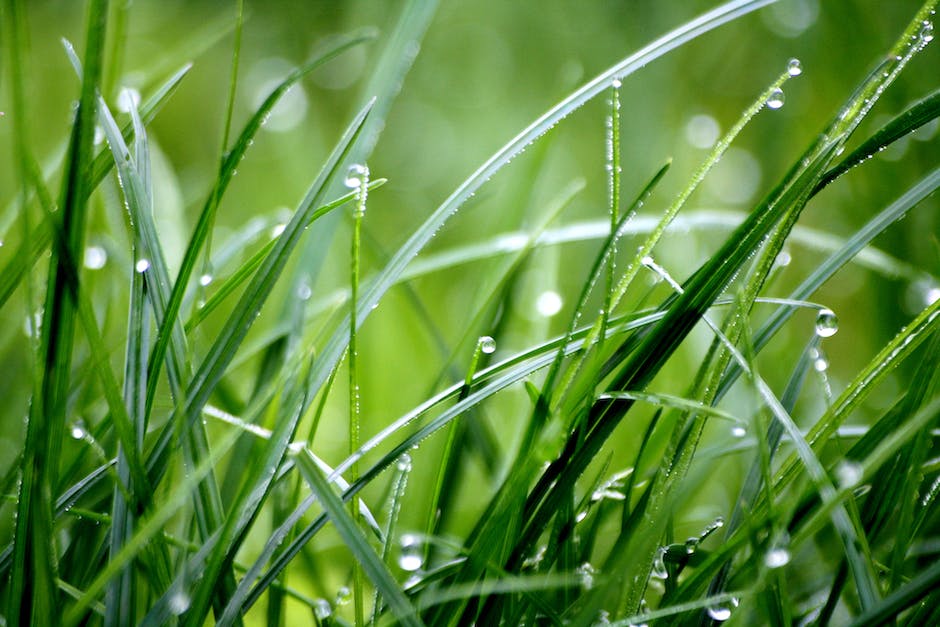
Adapting Gardening Practices to the New York Zone
Understanding the shift in planting strategies that New York gardeners must adopt is paramount.
This is due in part to the unique topographical nature of the region, coupled with the diversity of hardiness zones encompassed within its borders.
One most pertinent method is leveraging the state’s climatic diversity by cultivating a wide range of plants adapted for varying conditions.
This implies that a gardener’s haven in the bustling metropolis of New York City will look significantly different from a green retreat nestled amongst the Adirondack mountains.
Moreover, perennial plants that thrive in the City’s zones 7a and 7b might find the higher altitude and cooler zones 3b-4a in more northern and mountainous regions of the State challenging.
Thus, employing a tailored approach to plant selection is essential.
For those blessed with the sun-filled patios of the Big Apple, opt for heat-loving species like American wisteria or switchgrass.
Conversely, gardeners residing in the more frigid and frost-bound regions should consider native plants like the cold-hardy heartleaf foamflower or the sturdy sugar maple.
Additionally, understanding when to plant is as critical as knowing what to plant.
Timing can vary significantly between zones, wherein a gardener in New York City might commence spring planting several weeks earlier than their upstate counterparts.
Anticipating these variances and planning accordingly can not only save a gardening endeavor from timely demise but boost the potential for a thriving, bountiful garden.
Ultimately, the key to successful gardening in New York lies in appreciation for the State’s diverse climate and landscape.
With careful plant selection, mindful planning, and a dash of resilience, anyone can cultivate and foster a green oasis amid the urban jungle or the wintery highlands.
After all, growing plants isn’t just about creating picturesque landscapes, but also learning to harmonize with the surrounding natural tapestry.
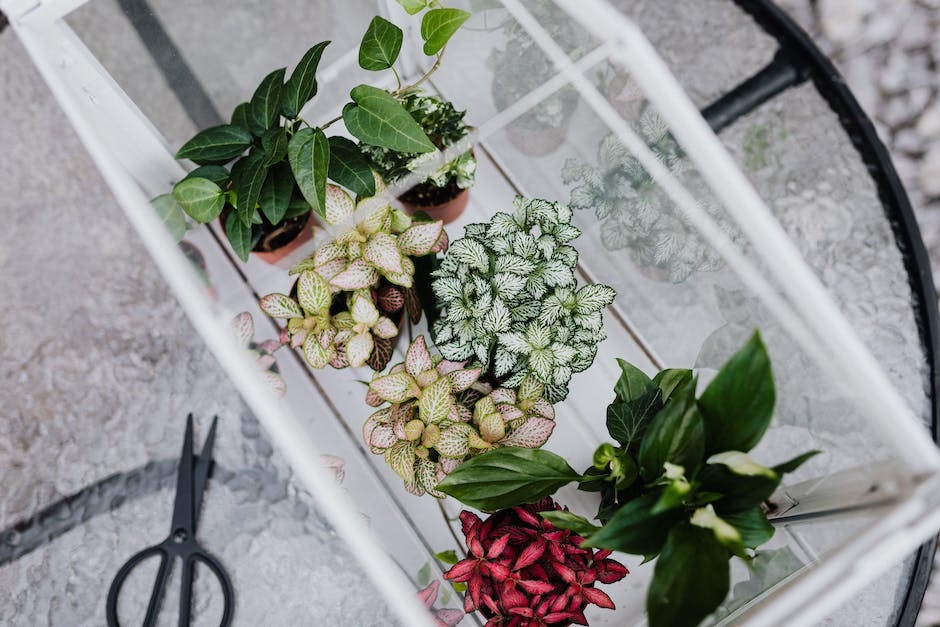
Understanding New York’s USDA plant hardiness zone and adapting gardening practices accordingly is an enriching journey of learning and discovery for gardeners. Whether it’s a rooftop garden in the bustling city or a sprawling backyard upstate, knowledge of the plant hardiness zone reveals the vast array of plant species that can adorn our outdoor spaces. By selecting flower, tree, and vegetable varieties suitable for New York’s unique climate, and nurturing them with adopted techniques for the city’s winters and hot, humid summers, we can help our gardens thrive. May this journey be filled with nature’s wonder and bountiful harvests in your New York garden.



